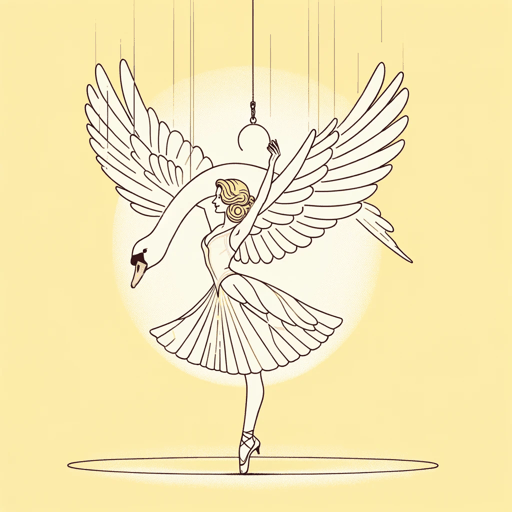50 pages • 1 hour read
Angela CarterNights at the Circus
Fiction | Novel | Adult | Published in 1984A modern alternative to SparkNotes and CliffsNotes, SuperSummary offers high-quality Study Guides with detailed chapter summaries and analysis of major themes, characters, and more.
Themes
Self-Construction of Identity and the Role of the Other in Constraining and Defining Identity
The perceptions of others constrain the identities of the characters in the novel and affect the way in which they construct their own identities. In Part 1, Fevvers is continually subjected to abstraction; she is constrained by the observer’s definition of her. The resolution of her character arc comes about when she can define herself. This theme is reinforced by other instances of characters finding resolution through self-definition and determination, like the prison murderesses, which foreshadows this ending for Walser and Fevvers. While the perceptions of others have an entrapping effect on characters like the clowns, ultimately the novel’s message is that the solution for self-determination is partially reliant on the role of the other.
The clowns exemplify the constraints of the observer and need for self-determination. Buffo’s breakdown in Part 2, Chapter 10 comes from a lack of self-determination. He entirely gives himself over to the perceptions of the audience and becomes locked into the “Christ figure” of the clown. Without self-identification, the clowns are “hollow men” and lack personal identity (121). Buffo’s loss of reason is foreboding for the clowns; without his leadership, they can only wait for a new leader to direct them. Walser losing his identity in Part 3 likewise equates to a loss of his reason, as he reverts to child-like behaviors and crows like a chicken.
Related Titles
By Angela Carter



